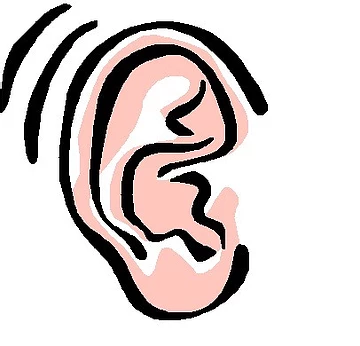Do they conduct “Real-Ear” testing to verify hearing aid settings?
One of the most important considerations when choosing an audiologist or business to purchase hearing aids is whether or not the audiologist performs “Real-Ear” measurements. In my 10+ years of fitting hearing aids, this method of fitting hearing aids has had the biggest influence over the accuracy of my work as well as my confidence levels. When fitting hearing aids, it is not enough to know how much amplification the hearing aid is providing the user; it is also important to know how each particular ear is affecting sound. Ear canals come in all shapes and sizes – some long, short, narrow, wide, straight and tortuous. These differences all affect the acoustics within the canal. Real-ear testing is a verification tool which takes a person’s ear anatomy into account to ensure the person is receiving the appropriate amount of amplification for incoming speech and sound.
You may ask, “why don’t all audiologists and hearing aid dispensers perform Real-Ear measurements?” This technology has been around for a long time, yet many hearing aid providers refuse to embrace it. The typical reasons you would hear might be the high costs of the equipment and the time it takes to execute the measurements. Yes, the cost is high to purchase the equipment (for the audiologist, not the patient), but when you can achieve a more accurate fit, patient satisfaction will be higher, leading to better business. The way I look at it, it is a necessary cost to conduct our business as hearing aid providers. As far as the time it takes to implement this testing, the audiologist may spend 5-10 minutes conducting this test. To some, 5-10 minutes extra is out of the question, as schedules may not allow for longer appointments. My response to this is it doesn’t add any time at all. In fact, by making these measurements, I am efficiently and confidently achieving a more accurate fit that will save time at the initial fitting appointment and will most likely reduce the number of appointments down the road. We shouldn’t have to rely so heavily on asking our patients, “how does that sound now?”; we should already know the answer.
Before I was using this technology to aid the programming of hearing instruments, I was confidently fitting hearing aids and achieving great results. Now that I have adopted this method I am even more confident and achieving even better results. This technology takes the guesswork out of programming and is necessary for anyone looking to achieve the best results possible. I invite all hearing aid users to ask their audiologist if they perform real-ear testing, and if so – request it. If they do not, or if you desire a second opinion on the settings of your hearing aid(s), find an audiologist who uses this technology.
If you suffer from hearing loss and are ready to purchase hearing aids, be sure to ask the audiologist: “Do you perform real-ear testing?”

